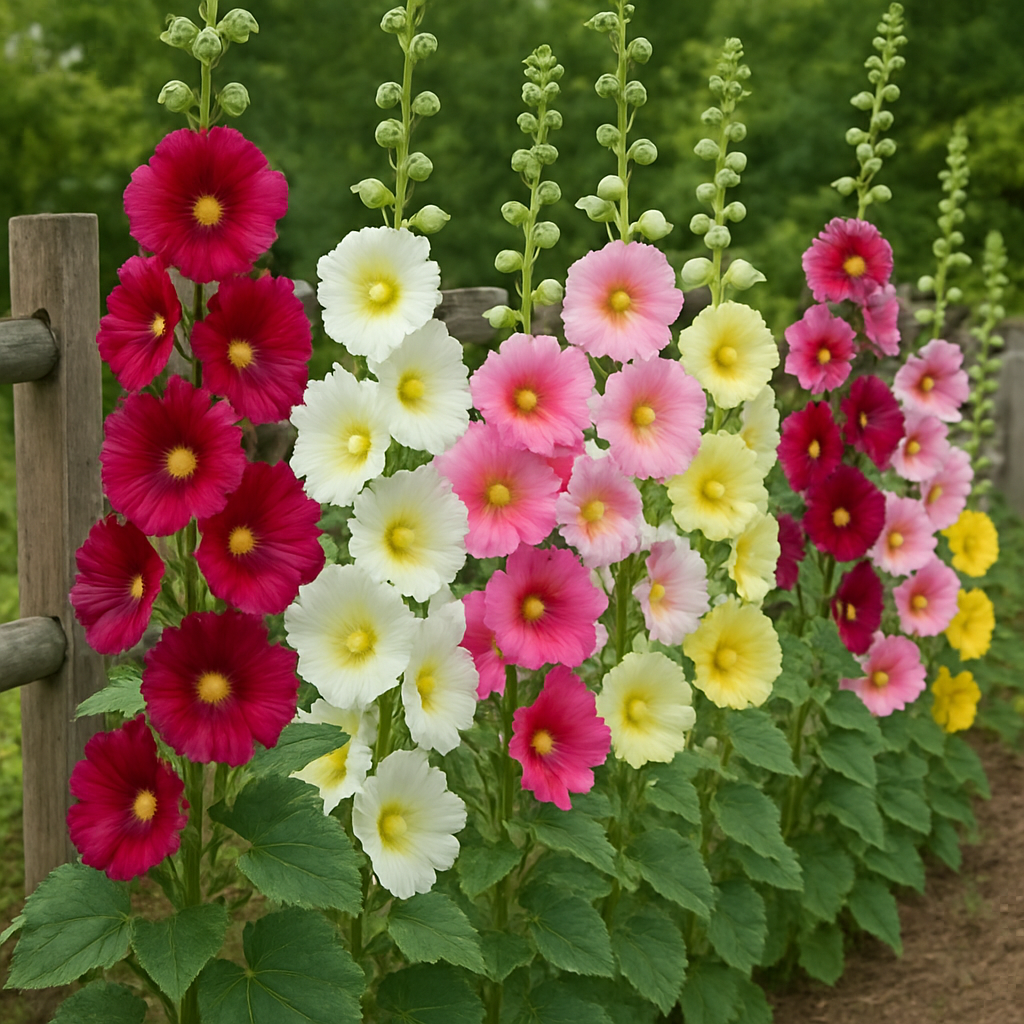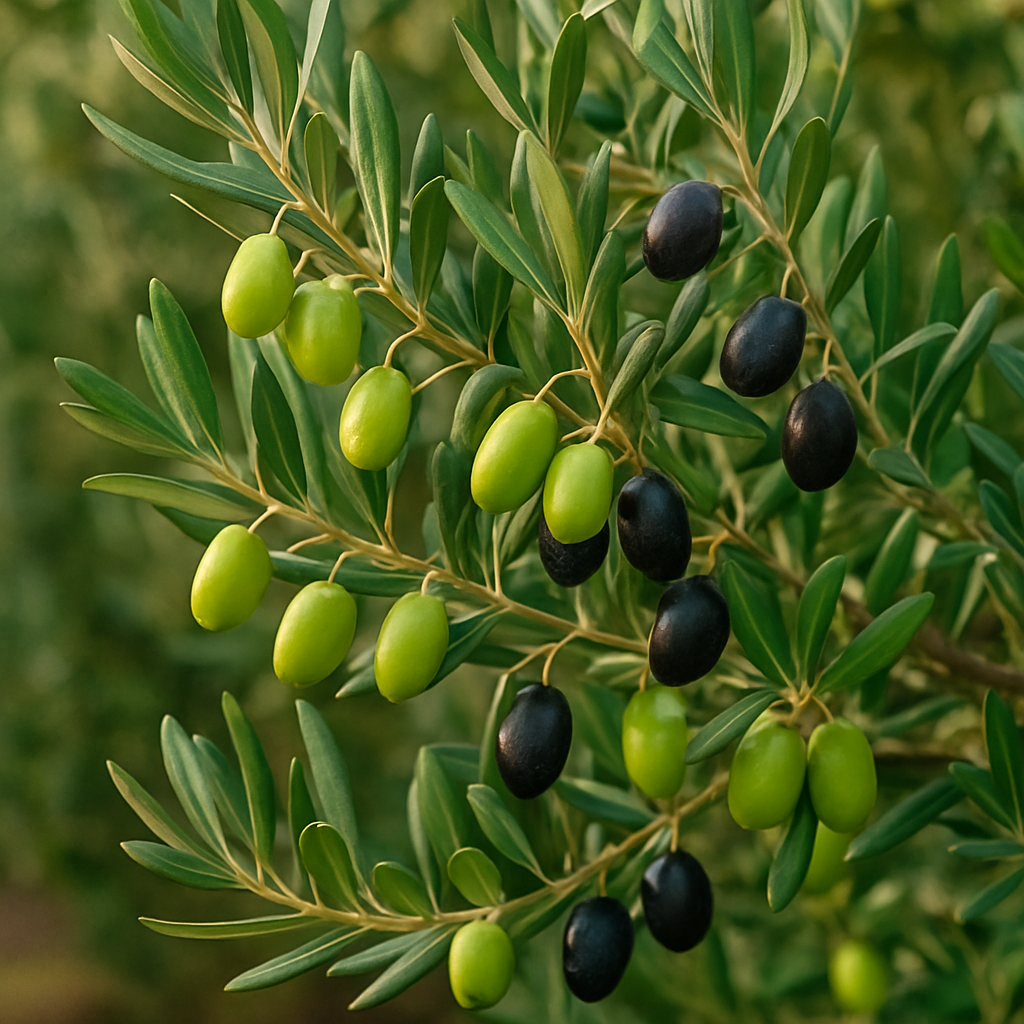Wormwood: The Aromatic Herb with Medicinal and Garden Benefits
About Wormwood
Wormwood (Artemisia absinthium) is a perennial aromatic herb known for its silvery-green foliage and bitter taste. Renowned for its medicinal properties, Wormwood has been used for centuries in traditional medicine, herbal remedies, and even as a flavoring in beverages such as absinthe.
At Organicindiaseeds.com we provide premium Wormwood seeds, allowing gardeners and herbal enthusiasts to grow this versatile plant organically in home gardens or containers.

Why Grow Wormwood?
-
Medicinal Uses: Traditionally used for digestive issues, liver support, and parasite control.
-
Pest Repellent: Naturally deters insects and garden pests when planted near vegetables and flowers.
-
Aromatic and Ornamental: Adds silvery foliage and fragrance to herb gardens.
-
Low Maintenance: Drought-tolerant and hardy, suitable for various soil conditions.
-
Culinary Uses: Leaves can be used sparingly to flavor bitters, teas, and liqueurs.
When to Plant Wormwood
-
Best Planting Time: Spring or early summer, after the risk of frost has passed.
-
Seed Germination: Seeds germinate in 10–20 days under moderate warmth and consistent moisture.
-
Temperature: Thrives in temperatures between 60°F–75°F (15°C–24°C).
Where to Grow Wormwood
-
Sunlight: Prefers full sun for optimal growth and aromatic foliage.
-
Soil: Well-drained, sandy or loamy soil with a pH of 6.0–7.5.
-
Space: Plant 12–18 inches apart to allow airflow and healthy development.
-
Containers: Grows well in pots, making it ideal for balconies and small gardens.
How to Grow Wormwood

-
Seed Preparation: Soak seeds in warm water for 12 hours to improve germination rates.
-
Sowing: Plant seeds ¼ inch deep in seed trays or directly in garden soil.
-
Watering: Keep soil lightly moist during germination; avoid overwatering.
-
Transplanting: When seedlings reach 3–4 inches tall, transplant to their permanent location.
-
Fertilizing: Use light applications of compost or balanced organic fertilizer; Wormwood prefers low-nutrient soil and can be over-fertilized easily.
How to Care for Wormwood
-
Pruning: Trim stems regularly to encourage bushy growth and maintain shape.
-
Mulching: Helps retain soil moisture and reduce weed growth.
-
Pest Control: Naturally repels insects, but check for aphids or spider mites on young plants.
-
Winter Care: Hardy perennial; in colder regions, mulch heavily or grow in pots to move indoors.
Companion Plants for Wormwood

-
Roses: Deters pests like aphids, enhancing rose health.
-
Cabbage Family Plants: Repels cabbage moths and other harmful insects.
-
Tomatoes: Helps reduce pest damage naturally.
Image Placement Suggestion: Include a photo of Wormwood growing in a herb garden alongside roses or cabbages, illustrating its companion planting benefits.
Harvesting Wormwood
-
Time to Harvest: Leaves can be harvested once the plant reaches 12–18 inches, typically 60–90 days after sowing.
-
Harvest Method: Cut stems selectively, leaving the plant to continue growing.
-
Uses: Herbal teas, tinctures, liqueurs, medicinal remedies, and as a natural pest deterrent.
-
Storage: Dry leaves in a cool, dark place for long-term use.
Final Thoughts on Wormwood
Wormwood (Artemisia absinthium) is a versatile herb that combines medicinal, culinary, and ornamental benefits. Its bitter leaves, aromatic foliage, and natural pest-repelling properties make it a must-have for any herb garden. Start growing Wormwood with premium seeds from Organicindiaseeds.com and enjoy a healthy, aromatic, and sustainable addition to your garden.



اترك تعليقًا
This site is protected by hCaptcha and the hCaptcha Privacy Policy and Terms of Service apply.